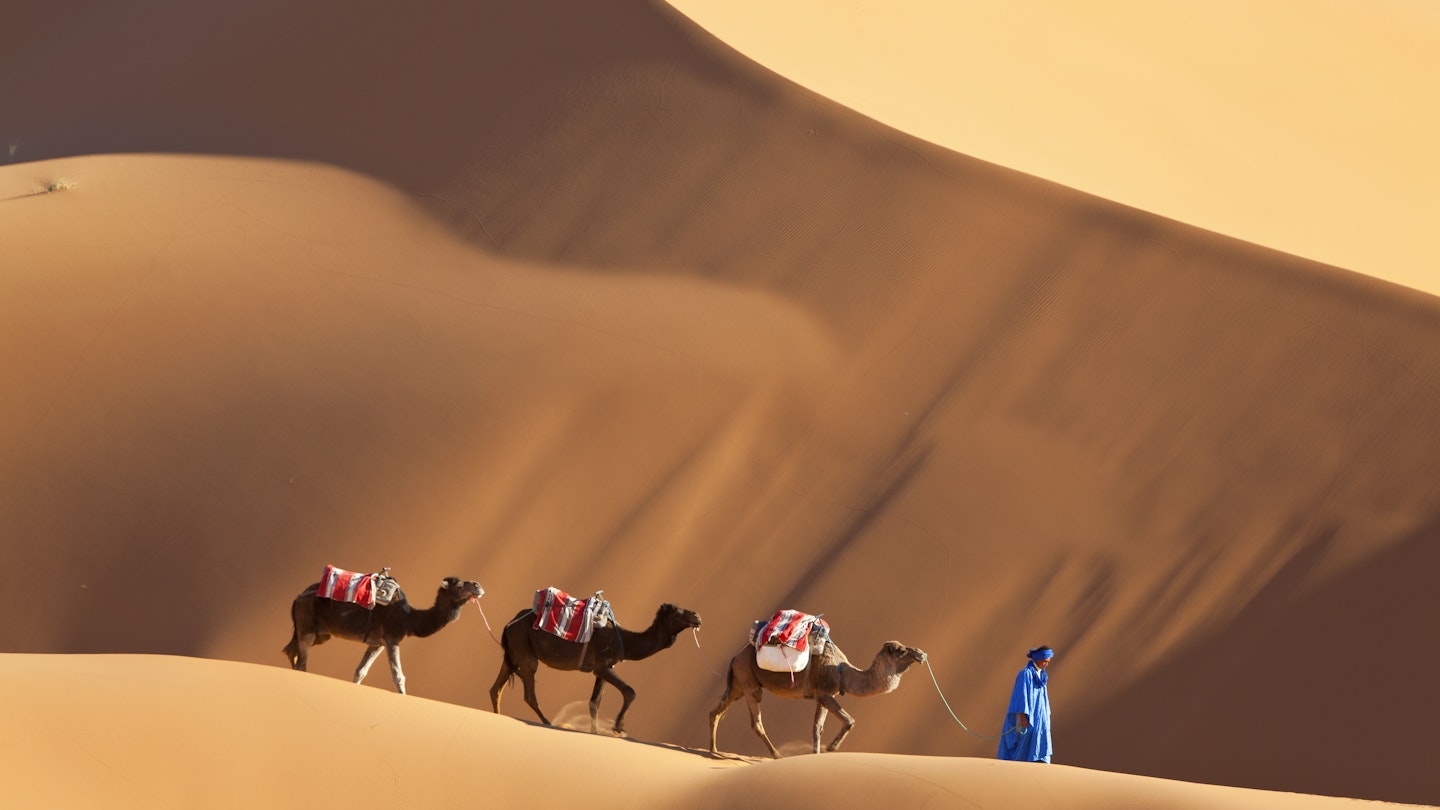Your Guide to the Best Times for Traveling to Morocco
Morocco is an incredible year-round vacation destination. However, the best time for your visit depends significantly on your interests and what you want from your holiday.
The mild months from October to April see a surge in travelers from the northern hemisphere, seeking to escape the long winters of Europe or North America. Conversely, from mid-year onwards—particularly in July and August—Morocco becomes bustling with domestic tourists and international visitors seeking package deals, music festivals, and a variety of outdoor activities, including surfing, kiteboarding, and hiking.
Whether you visit for the sun, surf, wind sports, or rich culture, the following provides a detailed guide to the best times to experience Morocco.
September: Ideal Weather and Fewer Crowds
As the summer holidays conclude, September presents an excellent opportunity for both domestic and international travelers. With warm temperatures, long sunny days, and peaceful beaches, it’s a perfect month for exploration. Coastal cultural sights in cities like Essaouira, Rabat, Casablanca, Tetouan, and Tangier are less crowded, while Marrakesh and its surrounding areas can still offer warmth.

Best Hiking and Visiting Times: September to November and March to May
For pleasant temperatures and sunny days, consider visiting Marrakesh during the spring (March to May) or fall (September to November). Avoiding the stifling summer months is advisable unless you are well-acquainted with air conditioning and extreme heat; nights can be particularly cold from December to February, especially in riads without central heating.
Traveling to Morocco’s Sahara Desert is also more comfortable in May and October. Most desert camps close during the sweltering summer months. During winter months (December to February), expect shorter days and colder nights, particularly if you are camping. Sandstorms may occur between January and May, but local Saharwians are adept at managing these conditions; a Tuareg scarf can be beneficial for sun and sand protection.
The High Atlas region offers exceptional hiking throughout the year, but the mildest weather occurs between April to June and September to November, making it perfect for trekkers of all skill levels. Enjoy local festivals like the Festival des Roses in May or witness the stunning almond blossoms during late winter or early spring in Tafraoute.
Spring and fall are also great for bird watchers. Oualidia’s peaceful lagoon serves as a refuge for migratory bird species, while Souss-Massa National Park sees an abundance of birds gathering during their seasonal migrations.

Winter Season: Celebrations, Surfing, and Skiing (December to February)
From December to February, the weather may turn cold and wet in northern Morocco. However, this season provides fantastic opportunities for city and cultural explorations. In popular tourist hubs such as Marrakesh, enjoy vibrant celebrations during the Christmas and New Year holidays. Do, however, note that accommodation prices tend to spike during peak vacation times from December 22 to January 7.
Winter brings snowy peaks to the High Atlas mountains, attracting those who prefer skiing to hiking. While winter driving conditions can be tricky on some remote roads due to snow, the key skiing locations like Oukaimeden and Ifrane remain accessible, providing an exciting North African adventure.
Moreover, the Atlantic coast’s surf is at its best during winter, drawing surfers to areas like Taghazout, Mirleft, and Sidi Ifni. Enjoy the lively surf culture, especially during the annual surf expo and international competitions held in Taghazout during winter months.

Festivals and Kitesurfing (June to September)
Long summer days in Morocco foster a vibrant festival season with outdoor music events happening across the nation. Keep an eye out for major festivals like the Fez Festival of World Sacred Music, the Gnaoua World Music Festival in Essaouira, and Jazzablanca in Casablanca, which attract global artists and audiences.
During the hot inland months of July and August, the cooling Atlantic breezes maintain pleasant coastal temperatures, making beaches in Agadir and Essaouira popular destinations. Beach activities, including swimming and paddleboarding, become easily accessible. With consistent winds, kitesurfing and windsurfing are also enjoyable year-round, peaking from April to September.
Experience Morocco in Peace: Traveling During Ramadan
Consider visiting during Ramadan, the Muslim month of fasting. Observe this important cultural observance in a serene and spiritual atmosphere. Although many eateries may close during daytime hours, options are still available in hotels.





